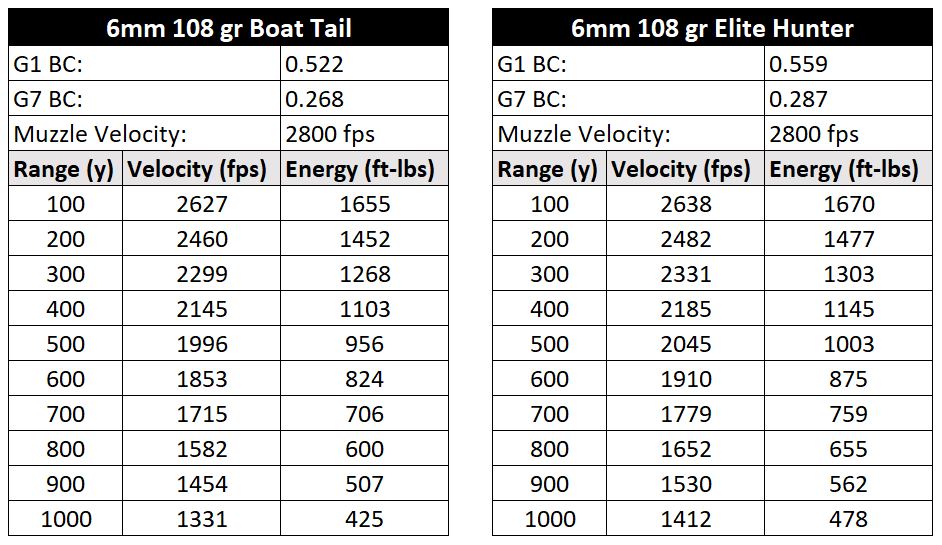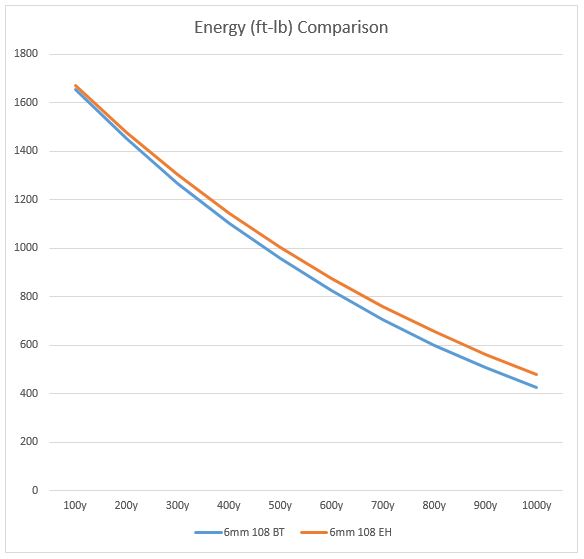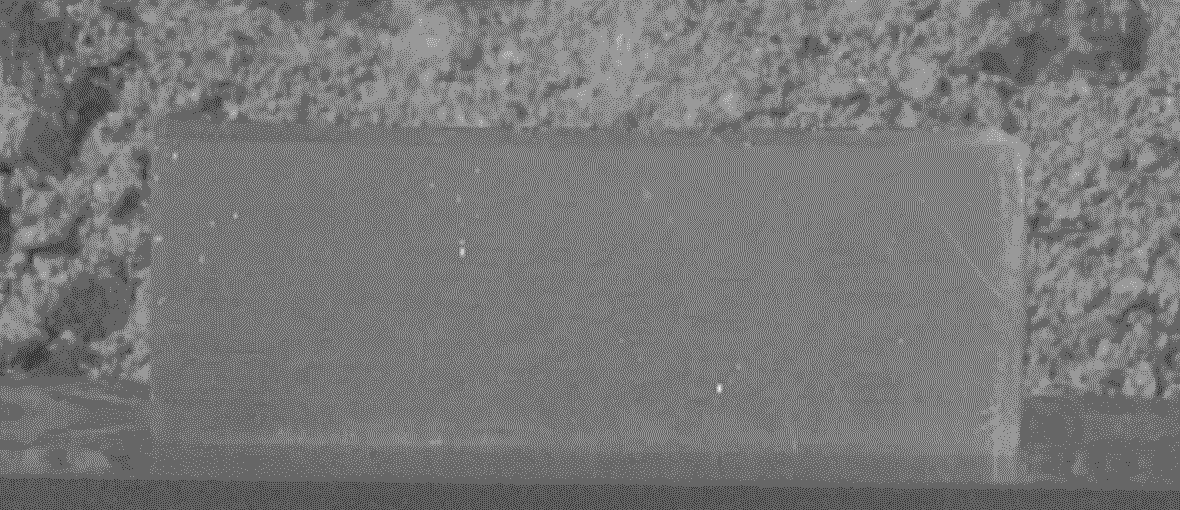Ballistic Coefficient (BC) is a measure of bullet performance, in particular, how well a bullet retains velocity as it flies downrange. But how is velocity retention related to other various performance metrics?
For hunters, retained velocity is an important metric because of how bullet expansion relies on impact velocity. The higher the impact velocity is with a game animal, the more lethal the bullet is. Retained velocity is also important as it relates to Kinetic Energy (KE). A higher BC means more retained velocity and KE at impact, so in this way, BC is actually an important terminal ballistic measure. All else equal, a bullet with a higher BC will put more energy on target than a lower BC bullet.


Given two bullets of the same weight, shot at the same muzzle velocity, the higher BC bullet retains more velocity and energy down range.
Retained velocity is important to all long range shooters for many reasons. Supersonic range, for example, is the range your bullet can reach while remaining comfortably above the speed of sound. As long as the bullet is flying supersonic, its trajectory and stability are relatively well behaved and predictable. However, when the bullet slows to transonic speed, below about 1340 fps, it can have a hard time remaining stable due to the shock wave dissipating, the resulting effect on the center of pressure, and other ballistic effects. Therefore, the longer your bullet is able to stay above the speed of sound, the farther you can get with clean flight, before things become messy and unpredictable in transonic.
A high BC bullet enables a shooter to extend his supersonic range, which many consider to be the max effective range of a rifle.
In addition to the direct benefits of velocity retention on lethality and supersonic range extension, there are also indirect benefits to bullet drop and wind deflection.
All else being equal, a higher BC bullet that retains velocity better, will have a shorter time of flight to the target, and experience less drop due to gravity. A quick caveat to this statement is that in reality, higher BC bullets are usually heavier, which means a lower muzzle velocity from a given cartridge, so there is some give-and-take with this trade off in a given cartridge (trading off MV for BC is a topic we’ll go into more detail on in a future article).
Finally, a higher BC bullet has a performance advantage in the wind. As any experienced long range shooter knows, the wind is usually the biggest uncertainty to deal with. Shooters can improve their success in the wind by learning to read it better, and by selecting equipment that minimizes wind deflection, and that means high BC bullets.
Considering all the performance benefits of high BC, bullet manufacturers obviously strive to maximize the BC of their long range bullets. Sometimes the designers can go too far trying to maximize BC, and other important features of the bullet are compromised, such as precision and shot-to-shot variation in BC. At Berger Bullets, we strive to design and make bullets with the highest BC possible, while not compromising the other important aspects of bullet performance. As such, you may occasionally see competitors with higher advertised BC’s than Berger. In cases where the BC actually is higher (not inflated for marketing), you still have to consider the overall behavior of the bullet, and if something important was compromised to achieve such a high BC.
Want a bullet that has both a high BC and a consistent BC? Learn more about our new Long Range Hybrid Target bullets.
